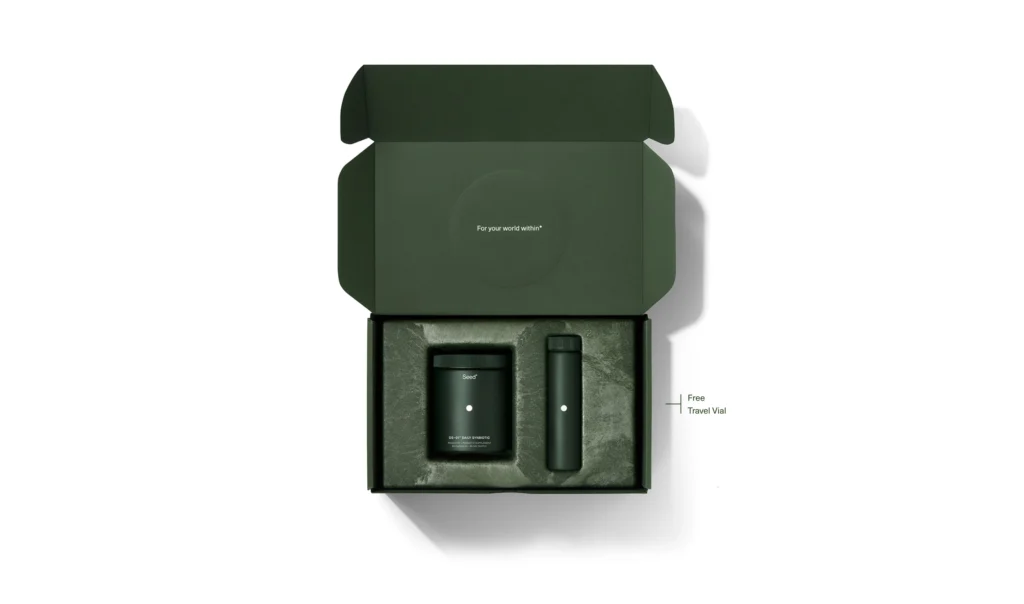Consumer Packaged Goods (CPG) brands are continuously evolving to meet the changing needs and preferences of consumers. The pandemic made consumers focus more on products that align with their lifestyle choices and sustainability efforts. The shift towards convenience and extensive product selection is changing how CPG brands engage with customers in the digital era.
To stay ahead in this competitive landscape, brands need to be aware of the latest trends.
Embracing Sustainability
Sustainability has become a central focus for CPG brands, driven by consumer demand for environmentally conscious products. Sustainable packaging is gaining momentum, with a report by Research and Markets projecting a 5.6% annual growth rate for eco-friendly packaging materials through 2026.
Furthermore, a survey conducted by Accenture stated that 83% of consumers in North America and Europe believe it’s important for brands to design environmentally friendly and sustainable products. Seed is a company that offers a line of probiotic supplements and products. They offer recyclable and biodegradable shipping boxes constructed from ecological paper made from algae. Seed also offers refillable containers for travel purposes. Brands need to adopt environmentally conscious practices to meet consumer expectations and drive business growth.

Health and Wellness
With an increasing emphasis on personal well-being after the pandemic, health-conscious consumers are seeking CPG products that align with their healthy lifestyle choices. Statistics show significant growth in sales of functional foods and beverages, with a projected annual growth rate of 7.9% through 2026.
Moreover, there has been a surge in plant-based and vegan alternatives, as consumers become more conscious of their dietary choices. According to a recent Nielsen survey, 73% of global consumers say they would change their consumption habits to reduce their environmental impact. CPG brands are capitalizing on these trends by introducing innovative and nutritious products that cater to evolving consumer preferences.
Digital Transformation
Online shopping has opened up new avenues for CPG brands to reach consumers directly, bypassing traditional retail channels. During the pandemic, online grocery sales in the United States reached $9.3 billion in January 2021. COVID-19 acted as a catalyst to shift consumer needs to online channels.
A report by Deloitte reveals that 36% of consumers are interested in personalized products or services, with 48% willing to wait longer and pay more for customized goods. CPG brands must prioritize their digital strategies and ensure a seamless and personalized e-commerce experience to stay competitive.
In this fast-paced CPG industry, staying informed about the latest trends is crucial for brand success. The health and wellness revolution, the e-commerce boom, and the growing demand for personalization are reshaping the landscape. Brands that embrace these trends and leverage data-driven insights will be well-positioned to meet evolving consumer expectations and drive growth in the dynamic CPG market.
Contact us to schedule a free consultation with our digital experts, and take the first step on your journey.


























